On the surface, the electric grid might seem like a solved piece of infrastructure. But there’s actually been a large amount of computerized modernization going in the background for the past decade or so. At a large scale this means automatic control of the grid, but for some electric utility customers like [Alex] this means the rates for electricity can change every hour based on demand. By keeping an eye on the current rate, you can extract the most value from these utilities.
[Alex] is located in the United Kingdom and has an energy provider whose rates can change every half hour. This information is freely available well enough in advance to download the data and display it visibly in with a NeoPixel LED ring around a clock. The colors displayed by the LEDs represent an increase or decrease in price for the corresponding time and allow him to better plan out the household’s energy use for the day. The clock uses a TinyPICO ESP32 module to gather the data and handle the clock display. A second wall-mounted device shows real-time energy readings for both gas and electricity using two old analog voltmeters modified to display kilowatt-hours.
While not everyone has a utility which allows this sort of granularity with energy pricing, having one can make a bit of a difference as electricity rates under this system can sometimes go negative. [Alex] estimates that using these two displays to coordinate his energy usage has saved around £50 a month. Even if your utility offers minimal or no price adjustments for time-of-use, it’s still a good idea to monitor energy use in your home. Here’s a fairly comprehensive project that does that without modifying any existing wiring.

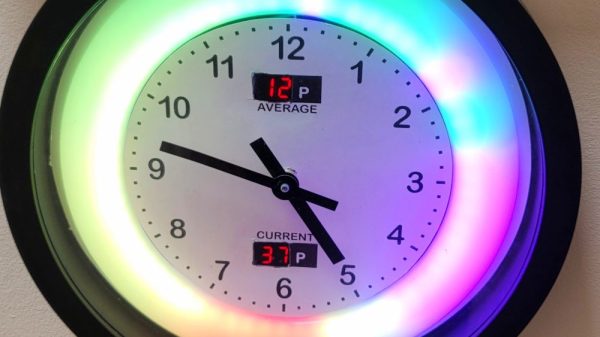
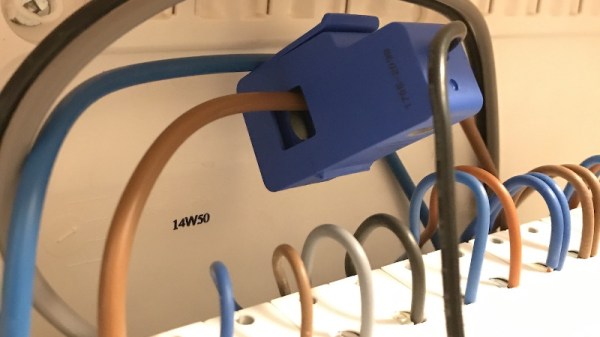
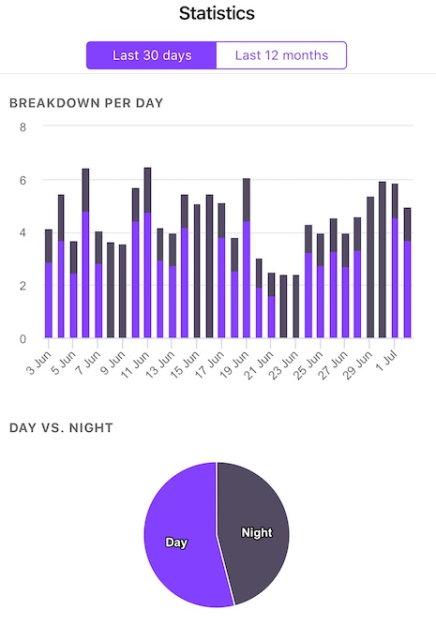
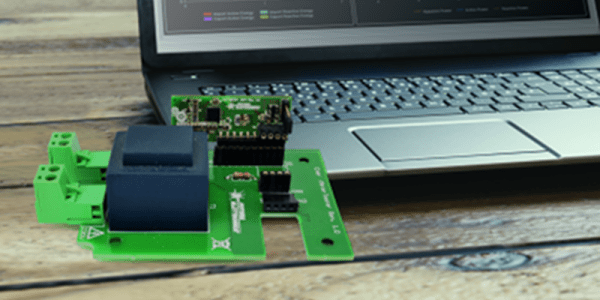

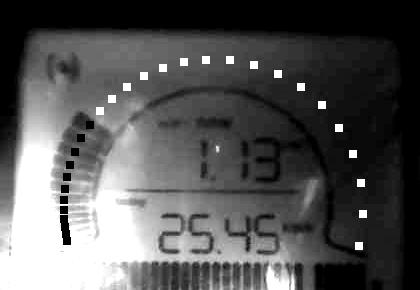
 For his masters at Cornell, [Christopher McNally] designed
For his masters at Cornell, [Christopher McNally] designed 










